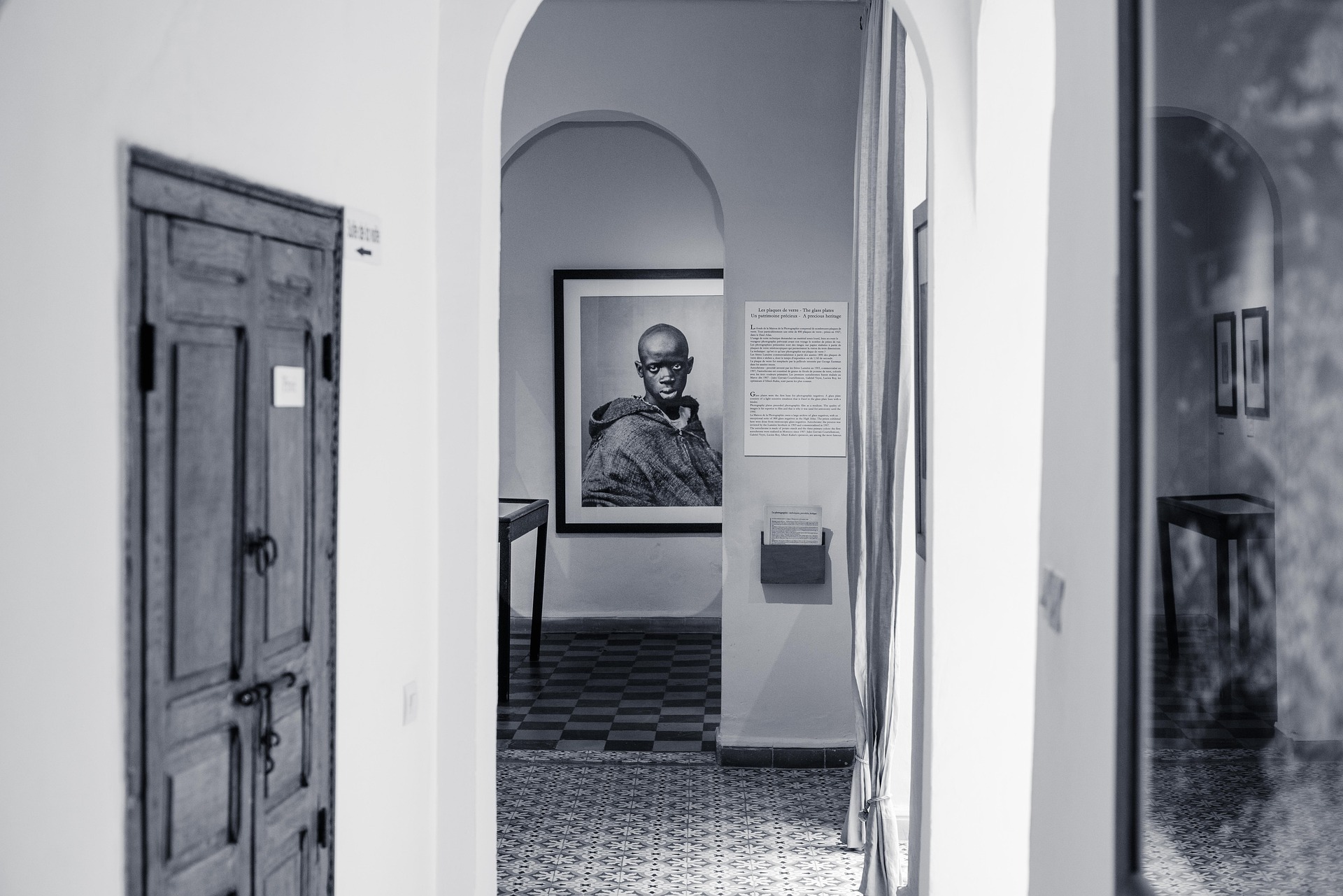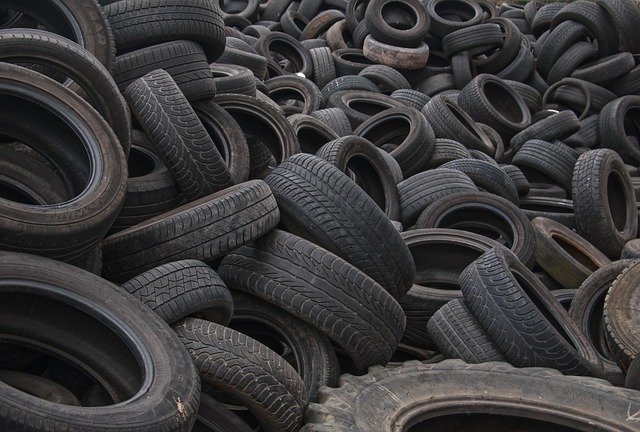Merging Realities: How Virtual Reality is Infusing New Life into the Arts
The world of arts, one of the most ancient domains of human creativity, is witnessing yet another dramatic transformation. This time, it's through the lens of virtual reality (VR), a technological marvel that's redefining how we experience and engage with artistic creations.

A New Canvas: The Dawn of Virtual Reality in Arts
Virtual reality, a concept once reserved for science fiction, has become a tangible reality. The technology, with its ability to create immersive, three-dimensional environments, has been widely adopted across various fields – from gaming and education to real estate and healthcare. However, its integration into the arts has opened up a new horizon, offering artists and audiences a novel platform for expression and interaction.
The use of VR in arts isn’t an overnight phenomenon. It traces its roots to the 1960s when Ivan Sutherland and his student, Bob Sproull, developed the “Sword of Damocles,” the first head-mounted display system, a precursor to modern VR. The technology slowly seeped into arts over the decades, but it wasn’t until the 21st century, with the advent of more advanced and accessible VR devices, that it started profoundly influencing the arts landscape.
The Current Landscape: VR’s Impact on Contemporary Arts
Today, artists worldwide are leveraging VR technology to create immersive artworks that transcend traditional boundaries, fostering a deeper connection between the artwork and the observer. From virtual art galleries and museums that allow art enthusiasts to explore exhibits from the comfort of their homes, to immersive artistic installations that transport viewers into the heart of the artwork, VR is reshaping the face of arts and how we engage with it.
Virtual reality art pioneer, Jakob Kudsk Steensen, for instance, creates large-scale immersive environments using VR, exploring the intersection between imagination and ecology. His 2020 work, “Aquaphobia,” allows viewers to journey through an eerie post-human urban landscape, flooded by rising sea levels – a poignant commentary on climate change.
The Impact: Assessing the Significance of VR in Arts
The introduction of VR in arts has had a transformative impact on the sector. For artists, VR provides a limitless canvas to unleash their creativity, allowing them to construct intricate, three-dimensional landscapes that defy the constraints of physical space. It has also democratized art, making it more accessible to a global audience regardless of geographical barriers.
For audiences, VR offers an immersive and interactive experience, fostering a deeper emotional connection with the artwork. It also allows for a greater understanding of the artist’s vision, as viewers can explore the artwork from multiple perspectives, adding a new dimension to art appreciation.
The Future: Charting the Course of VR in Arts
While VR’s current influence on the arts is undeniable, its future seems even more promising. With advancements in VR technology, including the development of more sophisticated and affordable VR headsets, we can expect a more seamless and immersive artistic experience.
Moreover, as artists continue to experiment with this technology, we can look forward to more innovative and thought-provoking artworks that challenge our perception of reality and art. In essence, virtual reality is set to redefine the realm of arts, pushing the boundaries of creativity, and reimagining the ways we experience and interact with art.
Virtual reality’s integration into the arts is a testament to the transformative power of technology. As VR continues to evolve and permeate the arts sector, we’re not just witnessing a new chapter in the history of arts, but also experiencing a revolution in human creativity and expression. And as audiences, we’re on an exciting journey, exploring new frontiers of artistic experiences, ones that are immersive, interactive, and infinitely engaging.




